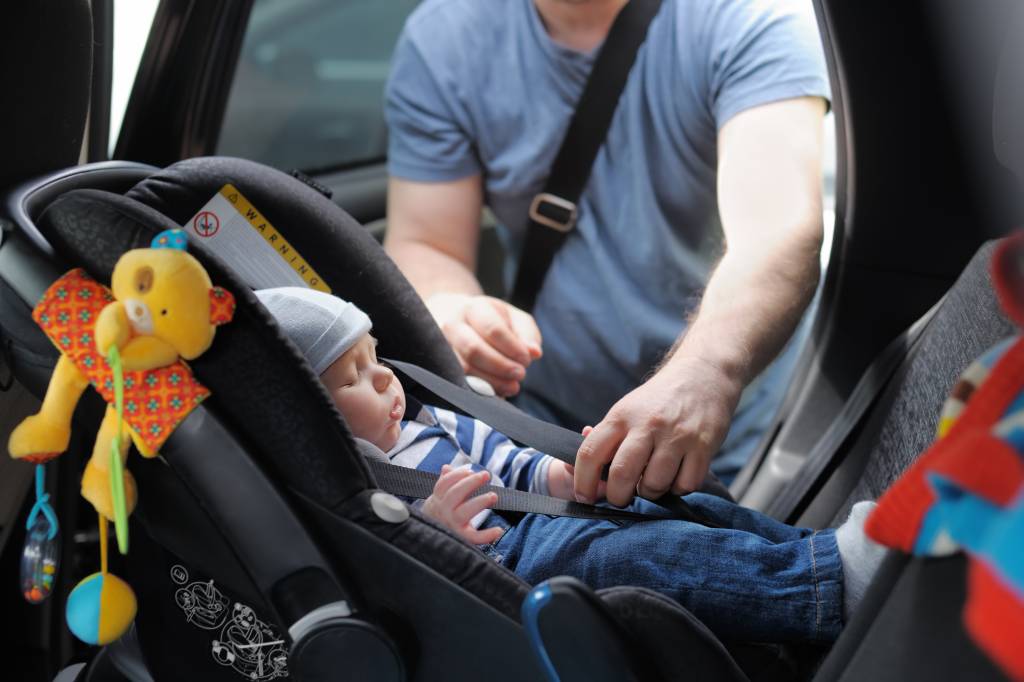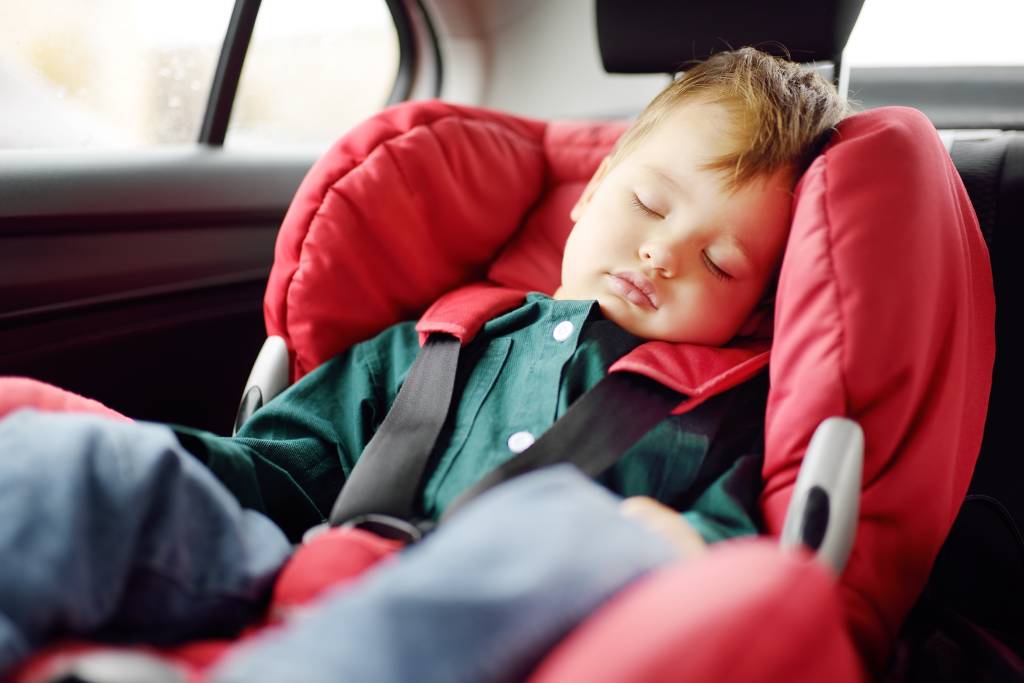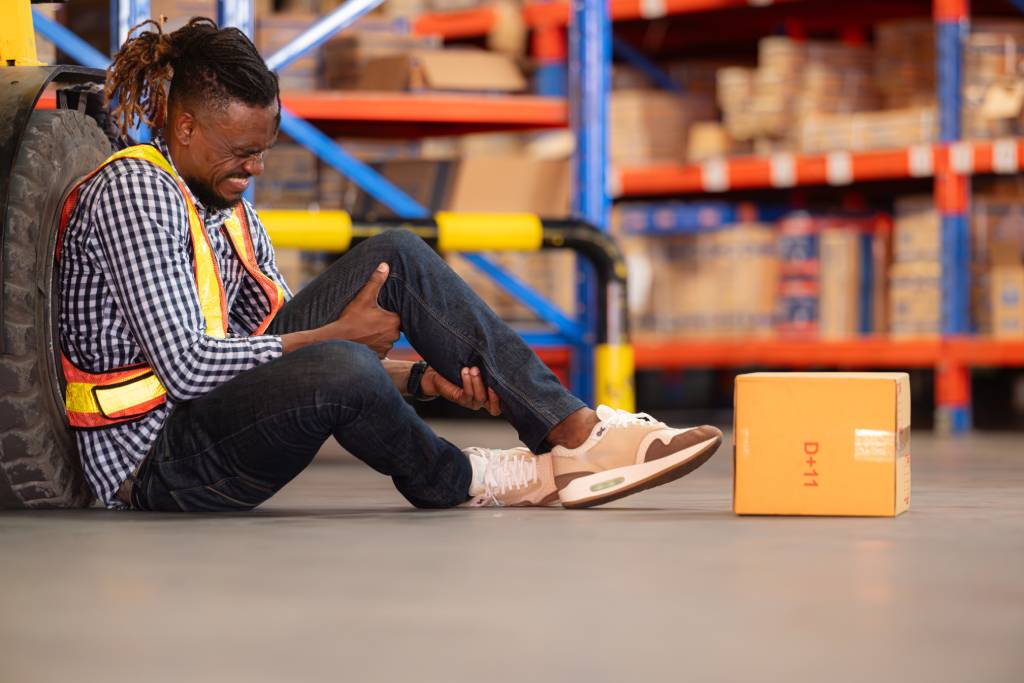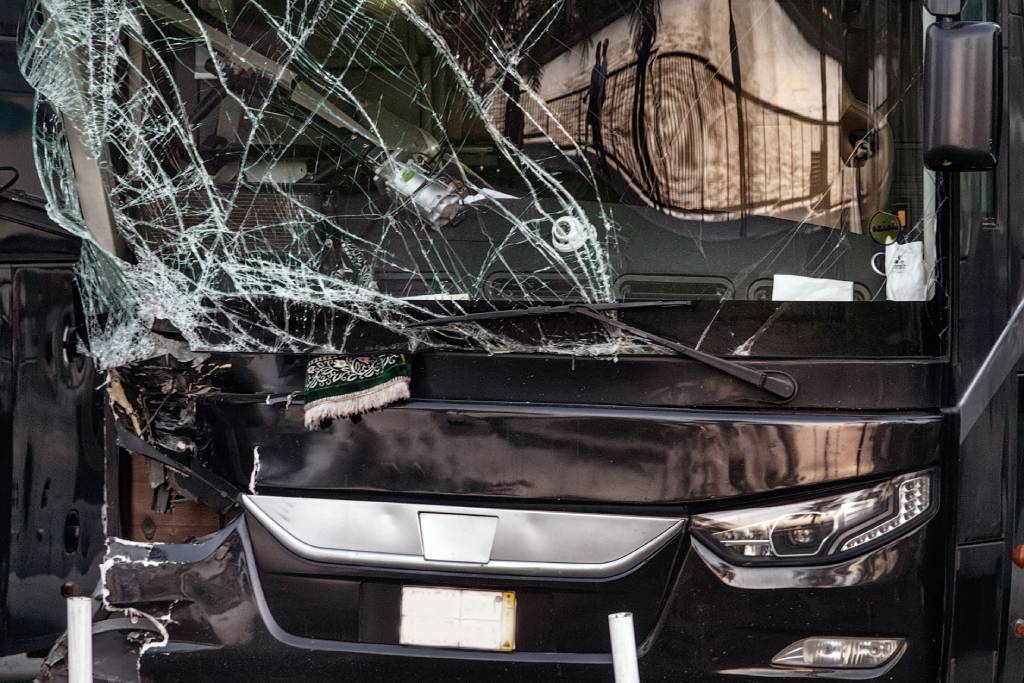Choosing the safest convertible car seat means balancing safety, convenience, and adaptability. Key features like 360° rotation, high weight limits, and a 5-point harness system ensure long-term protection. Consider options that grow with your child, including multi-stage, portable, and car seat-stroller combos for comfort and security at every stage.
Main Points:
- Rotating Car Seats:
- Offer 180° to 360° rotation for easier access and buckling
- Must rotate in both rear- and forward-facing modes
- Should have secure locking and accommodate toddlers up to 50 lbs rear-facing
- Types of Convertible Car Seats:
- Multi-Stage Convertibles: Transition from rear-facing to forward-facing, some to booster
- Portable Seats: Lightweight, easy to install and transfer between vehicles
- Seat-Stroller Combos: Minimize transitions with click-in stroller compatibility
- Safety Essentials:
- 5-point harness for secure restraint
- Side-impact protection meeting FMVSS 213a standards
- Energy-absorbing materials and load legs for added crash stability
- Buying Considerations:
- Look for high weight and height limits
- Ensure ease of installation and adjustment
- Choose models appropriate for your lifestyle and travel needs
Keeping your child safe on the road starts with the right car seat. With so many options out there, choosing the safest convertible car seat can easily become overwhelming. And that’s exactly why we’ve assembled this guide to help you out.
Perhaps you’re looking for a 360° car seat that makes buckling easier. Or maybe you’re more interested in a convertible seat that’ll be safe and comfortable for your infant when they become a toddler. No matter your specific priorities, we’ll walk you through the most important car seat features to consider. Safety, convenience, and comfort all matter when it comes to protecting your little one.
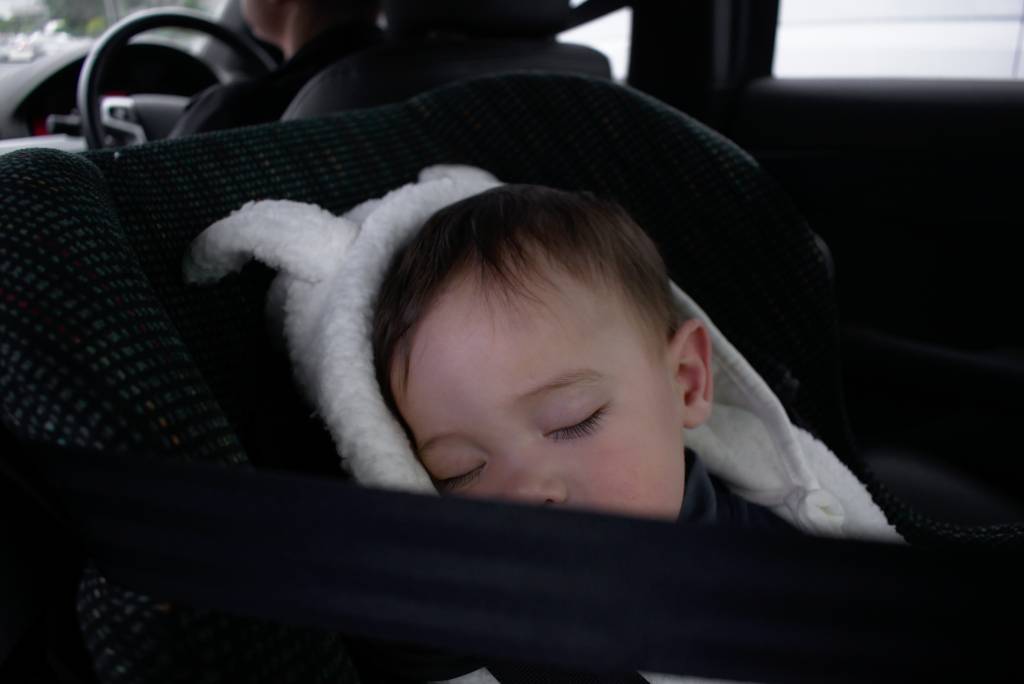
Features to Look for in a Rotating Car Seat
Rotating car seats feature a revolving base underneath the cushioned seat portion of the product. Some turn only 180 degrees, while others can rotate completely around.
With either model, the main convenience is the ability to place your child right in the seat without having to stick your body in and buckle the straps. (As any parent can tell you, this sometimes makes for quite an ordeal when a kid isn’t in the mood to buckle up.) Also, it’s sometimes easier to switch a rotating convertible seat from its rear-facing position to forward-facing mode, adding another layer of convenience.
But the ultimate priority – of course – is your child’s safety. Agencies like the National Highway Traffic Safety Administration (NHTSA) recommend keeping children in rear-facing seats as long as possible, or at least until they turn three. As such, consider looking for a rotating convertible seat large enough to accommodate a toddler weighing up to 50 pounds in its rear-facing position. (The convertible should also fit a child up to 4 feet tall.)
Other major safety features you’ll want (at the very least) to consider in rotating convertible car seats include:
- Full 360-degree rotation, for the ease of both you and your child.
- The option to rotate in both rear- and forward-facing configurations. (Some rotating models only turn when they’re rear-facing.)
- High weight limits, especially for convertibles that eventually transition into booster seats for older kids not quite ready for seat belts alone. (100 pounds is a good standard, though some models go higher. By comparison, a car seat for a 2-year-old often has a 40-pound limit, while some forward-facing seats top out at 65 pounds.)
- A seat that’s both easy to install and simple to switch from position to position.
- A secure locking mechanism that ensures the seat won’t wobble or suddenly shift from one position to another.
Practical Car Seat Options for Growing Families
Children grow quickly – and many parents often say they seem to grow faster than they literally are. As such, seeking out the safest convertible car seat will help you protect them on the road for numerous stages of their lives.
That said, several categories of car seat fall under the umbrella of “convertibles.”
- First, there are the multi-stage seats. Some simply switch from rear- to forward-facing. Others are “all-in-one” seats that start as a rear-facing model for an infant and end as a backless booster for children between the ages of 8 and 10.
- Some convertible car seats can easily detach from the back seat of your car, for a quick transition to another vehicle (or to make travel easier).
- Still others take this feature even further and don’t simply have a portable car seat mode but fit specifically with strollers.
To compare these options most effectively, we’ll look at them one by one.
Multi-Stage Convertibles
All things being equal, it makes most sense on paper to pick all-in-one travel car seats. If you find the right model, you can end up with a seat that grows with your child, providing the right amount of protection and comfort until they can rely solely on seat belts.
Unsurprisingly, these are often the most expensive options. They can also be heavier or more cumbersome than the average car seat. If you find a rear-to-forward convertible seat that fits in your budget and has comparable safety features to an all-in-one, the former is a reasonable choice. (You’ll eventually need to switch to a booster, but they’re comparably inexpensive.)
Portable Convertible Seats
If you expect to travel with your infant or toddler on any regular basis, some convertibles will make far more sense than others. A portable car seat should stand out for ease of installation – because, ideally, it’s just as easy to detach as needed – and lightweight design.
Of course, a seat that stands out in those areas shouldn’t sacrifice safety to do so. Make sure the portable car seat you choose still includes key safety features such as a multi-point harness and firm seat padding (with side impact reinforcement for seats that’ll be carrying infants).
Seat and Stroller Combos
Many little ones don’t like being abruptly moved from one place to another. Add the unstrapping and re-strapping of harnesses and tethers to the equation, and you have a recipe for across-the-board unhappiness.
The best car seat and stroller combo helps parents avoid this. Your child only gets buckled into the car seat portion. When it’s time to switch from driving to walking, the car half detaches from your vehicle to fit seamlessly (and securely) into a stroller frame. Some models even come with different sized car-seat portions for infants and toddlers.
Car seat/stroller combo pricing is all over the map, so you’ll likely find one in your budget. But pay especially close attention to features such as weight and height limits, wheel and frame sturdiness, and installation. (Even some of those most popular combos can be difficult to install.)
What Makes the Safest Convertible Car Seat?
No matter what type of convertible car seat you’re most interested in, there are certain must-have features you’ll want to see in the product specifications:
- A 5-point harness system that offers secure restraint in the event of a crash but is also easy to adjust for comfort.
- Reinforced structural frames, energy-absorbing foam or plastic at critical points, and seat padding that’s strong yet comfortable.
- Side-impact protection that’s reliable in both rear- and front-facing positions and meets the updated Federal Motor Vehicle Safety Standard No. 213a requirements.
- Load legs, which provide extra stability when convertibles are forward-facing.
Count on the May Firm
Should the worst ever happen, and your child suffers a car accident injury despite being properly buckled in their car seat, get the May Firm on the line. We will review your case in a free consultation. If there’s any reason for you to pursue financial compensation, we’ll represent you tirelessly to help you get what you deserve.
